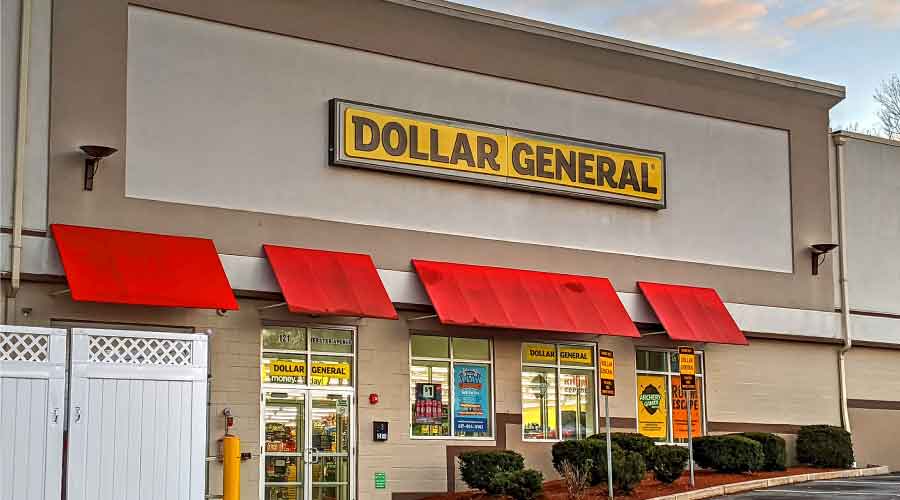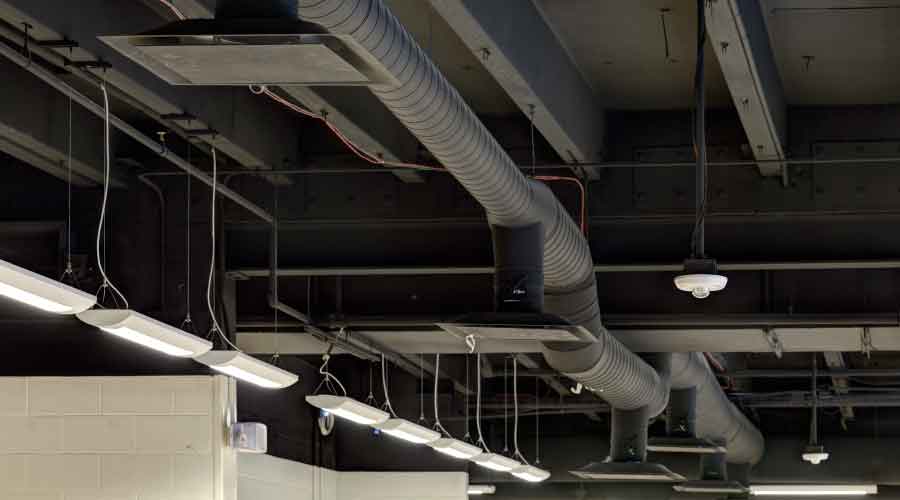
Are You Measuring Your Organization’s Scope 3 Emissions?
Supply chain emissions are notoriously difficult to measure accurately, but it’s increasingly important to do so to gain a complete picture of an organization’s carbon footprint. June 15, 2022
By Greg Zimmerman, senior contributing editor
Measuring energy is the easy part. When facility managers are attempting to get their arms around their organization’s greenhouse gas emissions, measuring and then reducing the energy (Scope 1 and Scope 2) is the most straightforward part. But more and more organizations are requiring a complete accounting of carbon emissions, not just for internal reduction goals, but also in some cases for public reporting to investors. That means including Scope 3.
Scope 3 emissions is the piece of the reporting puzzle most notoriously difficult. That’s because it involves understanding an organization’s supply chain in excruciating detail. Even for organizations without a manufacturing component, to accurately measure Scope 3 emissions facility managers still need to be on top of all the building products entering a facility and understand how those products are made.
A recent post by sustainability consulting firm stok identified “accounting for value chain emissions is a must” in its top 5 carbon trends of 2022. But it’s not just accounting for the emissions, it’s also choosing products that help reduce those emissions. “Supply chain requirements are on the rise” is another trend stok identifies.
This means facility managers must be much more diligent about requesting environmental product declarations (EPDs) and health product declarations (HPDs), as well as any environmental life-cycle analysis data, for buildings products they’re bringing into their facilities. These standardized documents give a complete picture of how the building product was manufactured up and down its own supply chain.
There’s no question this process of measuring and managing Scope 3 emissions adds another layer of complexity to a facility manager’s already complex job. An accurate accounting of all emissions with an eye on reducing them is an increasingly crucial step all organizations must take in order to slow the threats of climate change.
Greg Zimmerman is senior contributing editor for FacilitiesNet.com and Building Operating Management magazine.
Next
Read next on FacilitiesNet












